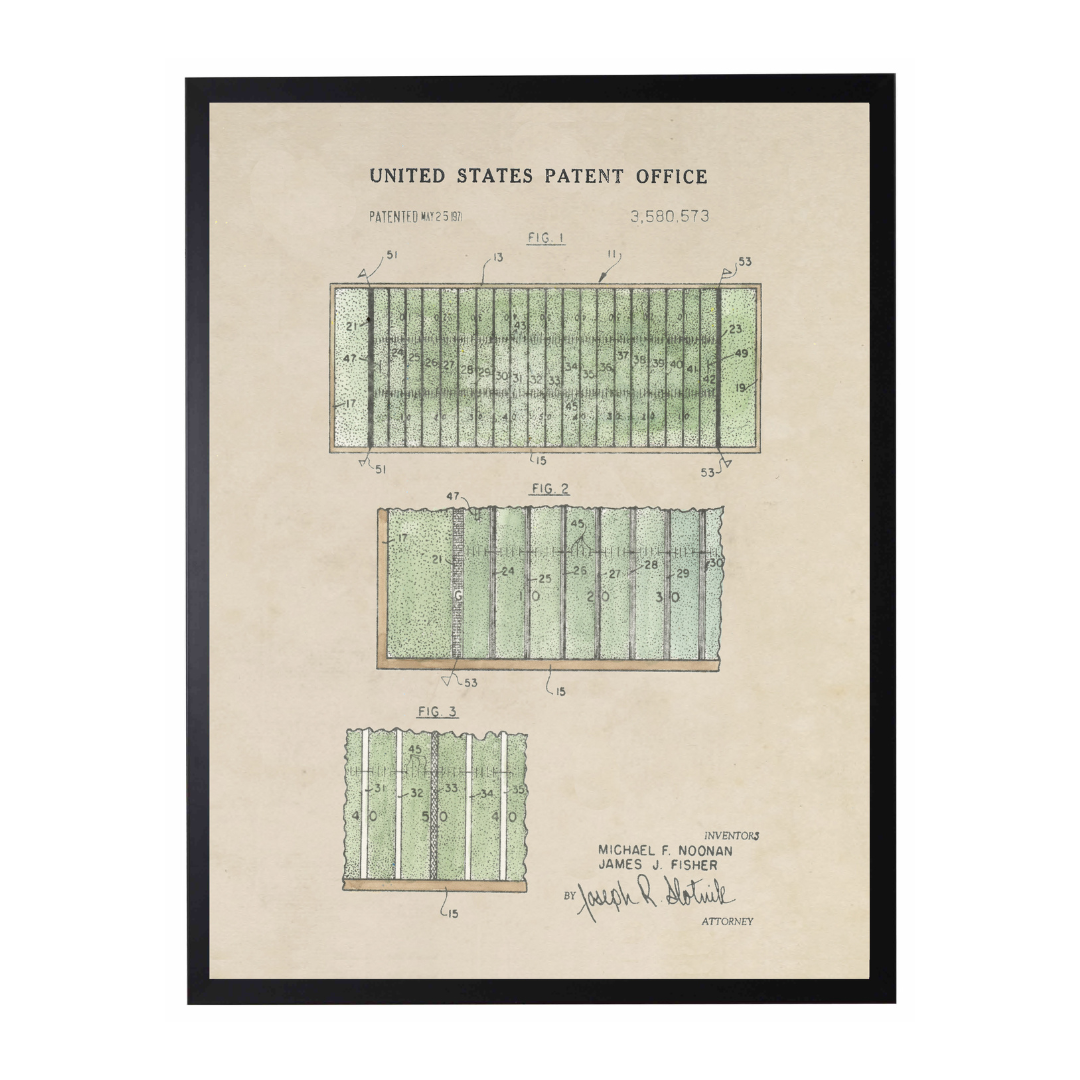It is generally accepted that the first football game was played between two collegiate teams, Rutgers and Princeton, in 1869. The rules of the game were quite similar to soccer, so some actually consider the first game to have been an exhibition between Harvard and Yale in 1875. These two illustrious schools played a variation of rugby that later evolved into the rules of football we know today.

Originally, football fields didn’t have defined endzones, they had a single line that you needed to cross to score points. When the forward pass was ratified in 1906, there arose a need to prevent teams from throwing the ball anywhere beyond the scoring line.
Originally, any ball caught past the scoring line was considered out of bounds and incomplete. In 1910, it was suggested that end zones, with defined boundaries, be instituted. Rugby had 25 yard long endzones, so it wasn’t a novel idea at the time. In 1912, 12 yard end zones were added, which would eventually become shortened to 10 yards.

Not only did football borrow the concept of end zones from rugby, it also stole the goal post. Football, similar to rugby, awards teams points for kicks, so goal posts became necessary. The first goal posts were made of wood and installed on the goal line.
In 1927, after the endzone had been established, college football moved the goalposts to the back of the endzone. The NFL followed suit in 1933 in an effort to limit injuries and prevent smart receivers from using the post as a shield from defenders.
Beyond the incorporation of technology, the football field has changed little since these pivotal inventions and rule changes.
In 1971, Michael Noonan of Larksville, PA was granted a patent for a new yard line coloring system. In his patent, Noonan suggests using colors other than white to distinguish certain zones of the field (i.e., red zone). Unfortunately, his creative invention has not been adopted by the NFL - yet.
Check out the patent






